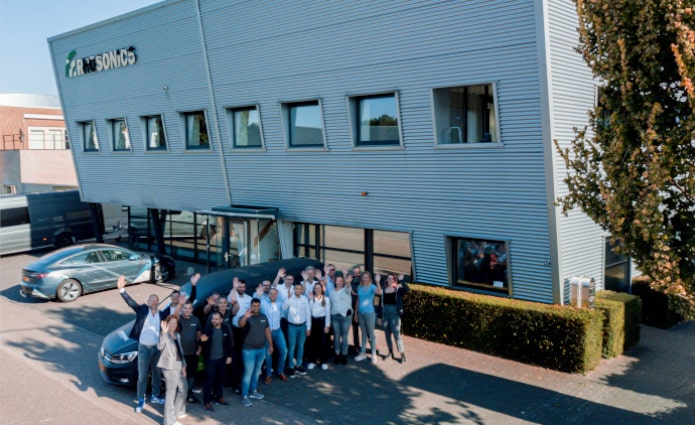Q&A about grinding circuits
Friday 03 Feb 2023
Rhosonics has interviewed Sandro Marino about the grinding circuit. He obtained a master’s degree in mineral processing at the University of Utah. In this episode you can find the questions and answers.
Q: Do you consider the pulp density as an important parameter for grinding?
A: First of all, to understand the importance of this parameter. 100% of the mines care about pulp density. The grinding circuit is the most expensive part of the mining process, because they consume a lot of energy, it is a high intensity energy environment. They also consume a lot of steel and grinding media. The consumption of grinding media is a significant part of the costs of the mineral processing plant. When operating with low density values, the efficiency of this circuit will be affected.
Q: What is the function of the ball mill and the cyclone?
A: The ball mill will be performing the particle size reduction, that is the only task the mill has. The cyclone is controlling the efficiency of the mill. Generally, cyclones operate in very rough conditions. They receive a lot of material and are not able to look at individual particles. A large volume of particles is continuously coming into the cyclone. Therefore, the cyclone has to make a quick decision whether the particle has the right size to move forward into the overflow. If it is not good, the particle will move back to the mill. This part of the process requires a specific pulp density to be effective. The cyclones have a maximum efficiency of 50%. Any changes in the pulp density will affect the efficiency of the cyclone’s operation of separating particles based on their size.
Q: Is it important to control the particle size?
A: That is not something you can control, like adjusting a ball mill. Most of the mines target a particle size and they control that. For example, you set 150 microns and the plant will run around 150 microns. The decision is based on how much the costs are to produce that amount of throughput and that particle size. Essentially, if you are not fine-tuning or adjusting the process variables, the costs will be higher. Adjusting the pulp density means that you are going to be producing whatever you have to produce at this minimum costs.
Q: So, the largest amount of particles with the lowest energy consumption?
A: You can say that, some variables are mandatory in the mining site. It is important to get the maximum throughput and not cut on that, unless there are any circuit problems or adjustments needed. The second important variable is the particle size. However, those two variables are pretty much set as a certain target value. Mining sites are controlling the process to maintain these target values, such as the particle size.
Q: How effective are these process control strategies to keep the circuit running?
A: Mining sites do have a lot of issues with water adjustments and circulating loads in the grinding circuit operations. When they start to operate a pump, this means the pulp density will be affected. If the water is constrained, sometimes they do not have water available, so those events will also affect the pulp density. They have to optimize the energy consumption by using all the parameters and information that they have available.
Q: Could it be that the particles have to be re-grinded a couple of times to save energy costs?
A: Yes absolutely. This is better than going to the next process stages immediately. For example, they have particles in sizes of two or three inches and they have to reduce these to 150 microns. If the grinding mill is set too tight, the energy consumption will be really high and it would have low efficiency.
Q: Where do you need to measure the density, in the discharge of the ball mill only, or also in the circulating load?
A: Real-time data will be needed around the cyclone, since that is the most unstable part of the grinding circuit. The mill operates on the same pulp density from time to time, only a couple of adjustments during the day will be enough. The cyclone suffers the most variation in the pulp density. I would consider the cyclone feed as the most important measuring point. Then, if they also measure the underflow and overflow, combined with a flow meter, they will have the mass balance.
Want to have frequent updates on our products? Then please subscribe to our newsletter or follow us on our social media accounts at LinkedIn, Twitter and Instagram.
Receive our technical update?
Fill in your name and email address and we’ll keep you in the loop on our latest technology updates.



